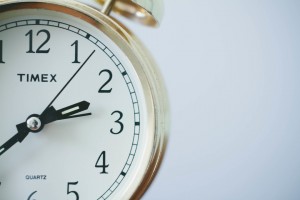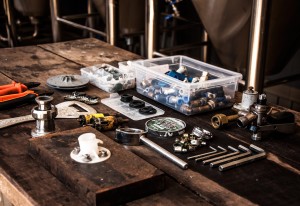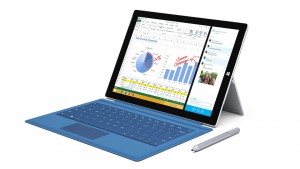
https://unsplash.com/sonjalangford
Day 655. A friend of mine asked me over the week-end how I was doing all that I am doing: blogging, working out, travelling, doing my CTO job, etc. I told him there was no extravaganza here, just simple and powerful discipline. I revealed him that I was actually defining how much time an activity was to take me and therefore was finding ways to go fast, as fast as I can, without taking any shortcuts or compromising on quality. Having thought about it over the week-end, here are the early thinking of my « no-shortcut theory of ultimate productivity », or « how to do all you have to do, without compromising on quality »
First and foremost, let me qualify what do I mean by not compromising on quality. It’s actually meaning two clear things:
- Content quality. If I ever have to product something, it has to be of top quality. Cheap is low quality, cheap is crap, and cheap has to be avoided!
- Time quality. We all have 24 hours every day and we all have/want to do a sum of things every day. Ask yourself how you want those to be done and to consume the allocated time. Then do them in the allocated time.
Time quality also means that I need to take time to take care about myself (health, physical quality) and my relationships with others (people who matter, friends and family). None of my professional or personal activities should put my health or my relationship at risk. And this means, that I had to learn to say « no » to some activities. Superman does not exist and No is the most powerful word when it comes to keeping your commitments.
With this baseline, the no-shortcut theory of ultimate productivity comes to my six simple and proven axioms:
- What’s not planned does not get done. Every morning, take 5 to 15 minutes to plan your day and ensure all your activities are aligned on your short, mid and long term goals.
- Every activity has to have a time limit. If you do not put a stop sign, you will eat into the next activity and your schedule will get sidetracked.
- What’s not finished needs to be planned again. If you reach the stop sign and your activity is not finished, reschedule it for the next day or for the next available slot. Some activities are shorter than expected, others are longer.
- Never, ever plan back-to-back activities. You will need bio breaks, unexpected events will happen or you will just need to breathe and go for a walk.
- Plan no more than 80% of the day. A little bit like axiom number 4, you should always keep buffers between activities or sometimes free slots. This will allow some mundane tasks to happen or unexpected phone calls/emails to answer. Eventually, if everything works flawlessly, you’ll have free time to do more things or to go for a walk.
- Do not tolerate interruptions. Multi-tasking has been proven counterproductive time and time again. When you do something, do it with 100% focus. Unplug the internet, silence the phone and close the door.
Now, this is working for me and has been working for many years now. It goes down to being disciplined to follow them every day, starting the day with your planning activities. Now, do you have to read your email first thing in the morning, wake up at 5 or practice meditation? The choice is yours. I know the same activity may mean different things for different people, and each needs to define his or her own routine. But, with these axioms at play, I can deliver 100%, sometimes more, of what I planned to deliver, day in, day out. As you can see, it’s not rocket science, it’s pretty basic, actually, very basic, but efficient, actually, very efficient!

















